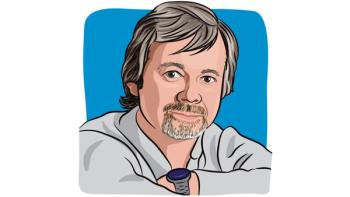I'm a big fan of filmmaker Ken Burns, so I was eager to see a new profile of him in The Atlantic. His films on The Civil War, Baseball and Jazz have not only provided a window into America's history for generations of viewers but also introduced the "Ken Burns effect" to documentary filmmaking. When asked about his insights into storytelling, he revealed a deeply personal motivation: his childhood experience of his mother's cancer."I don't know why I tell stories about history. I mean there are kind of classic, dime-store Ken Burns 'wolf at the door' things. My mother had cancer all of my life. She died when I was 11 and there wasn't a moment from when I was aware, 2 and a half, 3, that there was something dreadfully wrong in my life. It might be that what I'm engaged in in a historical pursuit is a thinly or perhaps thickly disguised waking of the dead. That I try to make Abraham Lincoln and Jackie Robinson and Louis Armstrong come alive and it may be very obvious and very close to home who I'm actually trying to wake up."He goes deeper still. "We have to keep the wolf from the door. We tell stories to continue ourselves. We all think an exception is going to be made in our case and we're going to live forever. Being a human is actually arriving tat the understanding that that's not going to be. Story is there to just remind us that it's just OK."Burns' reflections dovetail with insights from Tani Bahti, a hospice nurse we interviewed for a story on caring for a loved one who has decided to end treatment. Look for it in our summer issue.
